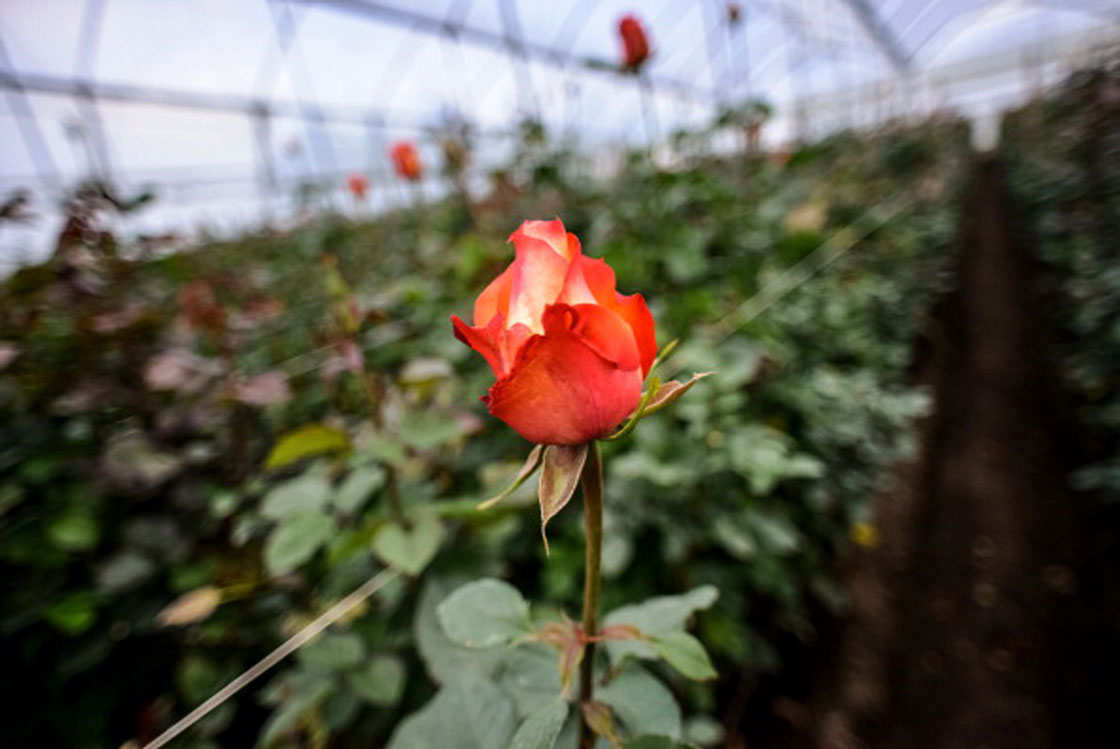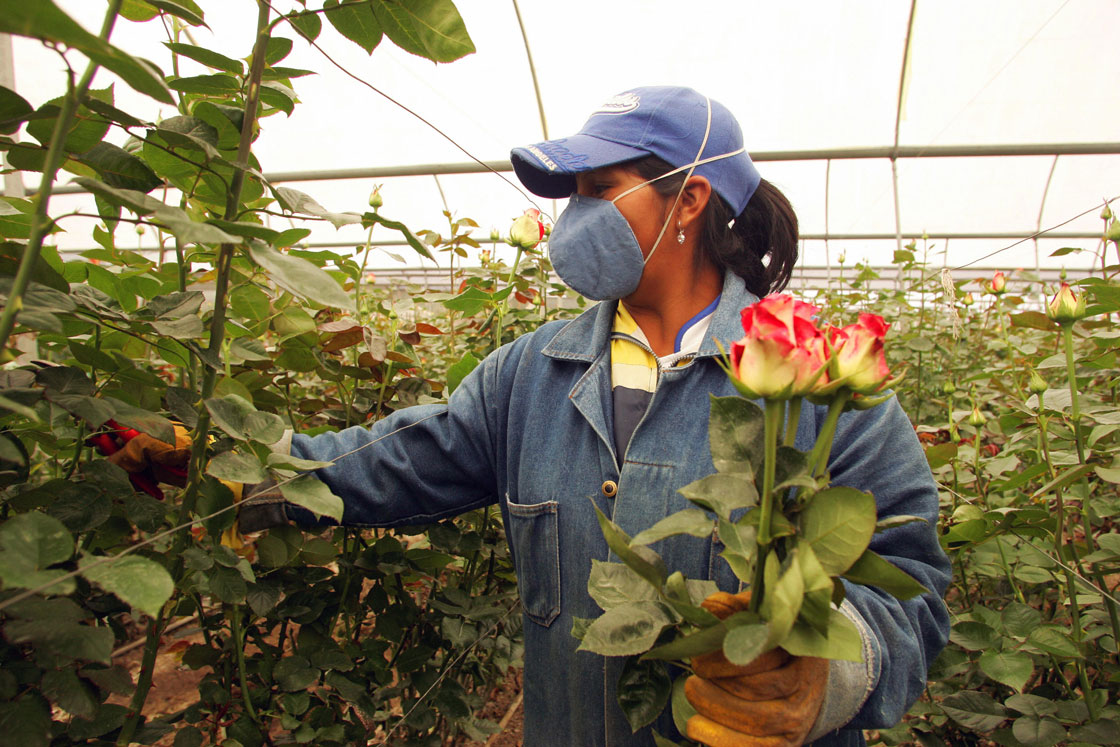By the time someone walks out of Martin’s flower shop in Toronto’s Junction district on Friday afternoon with a last-minute bouquet of not-so-cheap red roses, those flowers will likely have covered a lot of ground.

In the battle between local versus global in the flower trade, globalization won out long ago, with shops from coast to coast selling long-stemmed roses harvested two months earlier in place as distant as Kenya and India.
But the country that’s risen to become the leading supplier of roses bound for Canadian soil lies 5,100 kilometres south.
“In Ecuador, they have the perfect altitude, they’re right on the equator and it’s always the same. It’s the ideal growing conditions,” said Martin’s owner Lynn Freeman. “They grow the absolute best roses there: big heads, lots of petals and strong stems.”
The Andean country’s permanently warm climate combined with changes to U.S. import laws over the past three decades to promote flower farming instead of coca (the root plant of cocaine) has unleashed a multi-million dollar export industry in Ecuador.
In 2011, the South American country exported about $150-million worth of cut flowers to the United States, according to U.S. trade figures. About 60 per cent of Ecuador’s flower imports are roses of every shade, and a significant portion of them are put on trucks bound for Canada.
Boxing Day is when Ecuadorian growers begin cutting their first crops scheduled for delivery before Feb. 14 to countries around the globe.
Demand is ferocious, says Ernie Meyer, owner of The Meyer Floral Co., a Vancouver-based wholesaler who imports Ecuadorian roses once they’ve landed in Florida.
“There’s not a single grower that could make their orders if they were to start cutting a week before shipping,” Meyer said.

Get weekly money news
To preserve them for the long journey north, roses are “dry packed” in coolers that keeps the moisture off the flowers, which are stored at temperatures of 2-3 degrees celsius.
Critics charge that potentially harmful chemical preservatives such as Aldicarb are also applied by Ecuadorian growers operating far from the stringent environmental regulations in place in countries like Canada and the United States. There’s also criticism about working conditions.
“By the time it’s all said and done, the roses we’re getting are two, maybe three weeks old,” Meyer said.
From there, Meyers ships to floral shops as far east as Calgary and Regina – careful not to encroach too far east onto the turf of larger Ontario wholesalers.
Meyer, who has been in the business for more than 30 years, has witness firsthand the shifting mix of market share between foreign (predominantly Ecuador and Colombia) and domestic growers.
Canadian growers squeezed out
Most flower growers in Canada have left the rose business altogether, unable to compete with the foreign influx, experts say. Heating and labour costs are simply too high relative to year-round balmy conditions and far cheaper wages in Ecuador.
“We grow great roses here in British Columbia. A Californian rose is great, too. But the cost is prohibitive,” Meyer said. “We have to sell those roses for considerably more than a Ecuadorian rose.”
A retail floral shop can buy a locally grown rose in a B.C. greenhouse for about one cent per centimeter of stem — notwithstanding Valentine’s Day, when prices surge — according to Audrey Baker of Burnaby-based United Flower Growers Co-Op, which represents about 100 local growers in British Columbia.
Imported roses sell at the wholesale level for considerably cheaper, Meyer said. As a result, domestic rose production has wilted substantially.
“Our market share has been reduced considerably,” Baker said. A conservative estimate would be a decline of 60 per cent in rose output by B.C. growers over the last decade or so.
There are two greenhouse operators left in B.C., growing a total of between two and three acres of roses annually, she said.
“We used to produce an enormous amount of roses but now we have two growers that grow a minor amount as imports have taken over.”
In Ontario, greenhouse operators have all but closed up shop, as well, said Toronto floral store owner Lynn Freeman, who’s been in the business for 40 years. Freeman also suggested growing conditions in South America produce a better rose.
“They used to grow them in Ontario, but the cost of heating greenhouses and the amount of light we get, it meant small headed roses and weak stems” in comparison, she said.
Still, there are some advantages to buying roses grown close by your local flower shop: The flowers are fresh.
“The advantage of the co-op is that you’re getting fresh flowers that are locally produced,” Baker said, noting they tend to be more fragrant and remain lively for longer than imported flowers.
“What’s coming from Ecuador or Colombia or other places is at least a week in transit. And then it has to be rehydrated.
“The roses we sold today were cut yesterday.”







Comments